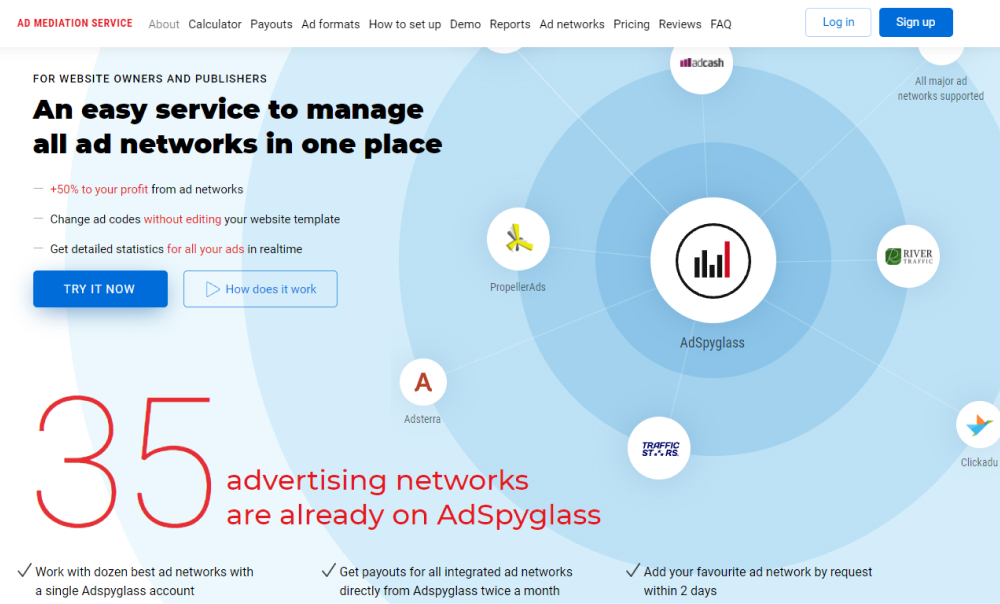Cross-channel means reaching an audience on different channels: social media, other websites, blogs, email, streets, apps, etc. At the same time, the nature of the second interaction will be heavily influenced by the next one.
Cross-channel marketing offers numerous benefits, as follows:
- brands can have more opportunities to engage with customers and build trust
- more audience can be reached since everyone has a preferred channel
- companies offer consistent customer experience and reinforce brand identity
- they are able to gather more data for more accurate analysis
- it reduces acquisition costs
Cross-channel marketing requires a lot of work and customer study. You have to know where and when to reach the customer, how to reinforce the message later, and what the step after that has to be. For example, if your audience is 65+, they are more likely to see your ad on the TV or in a newspaper rather than on Instagram. B2B clients will prefer emails and calls over the radio. It influences the message, the format, the timing, and everything else.
Therefore, it makes sense to create multiple buyer personas, use complementing channels, create content for different steps of the customer journey and constantly optimize the marketing strategies.
